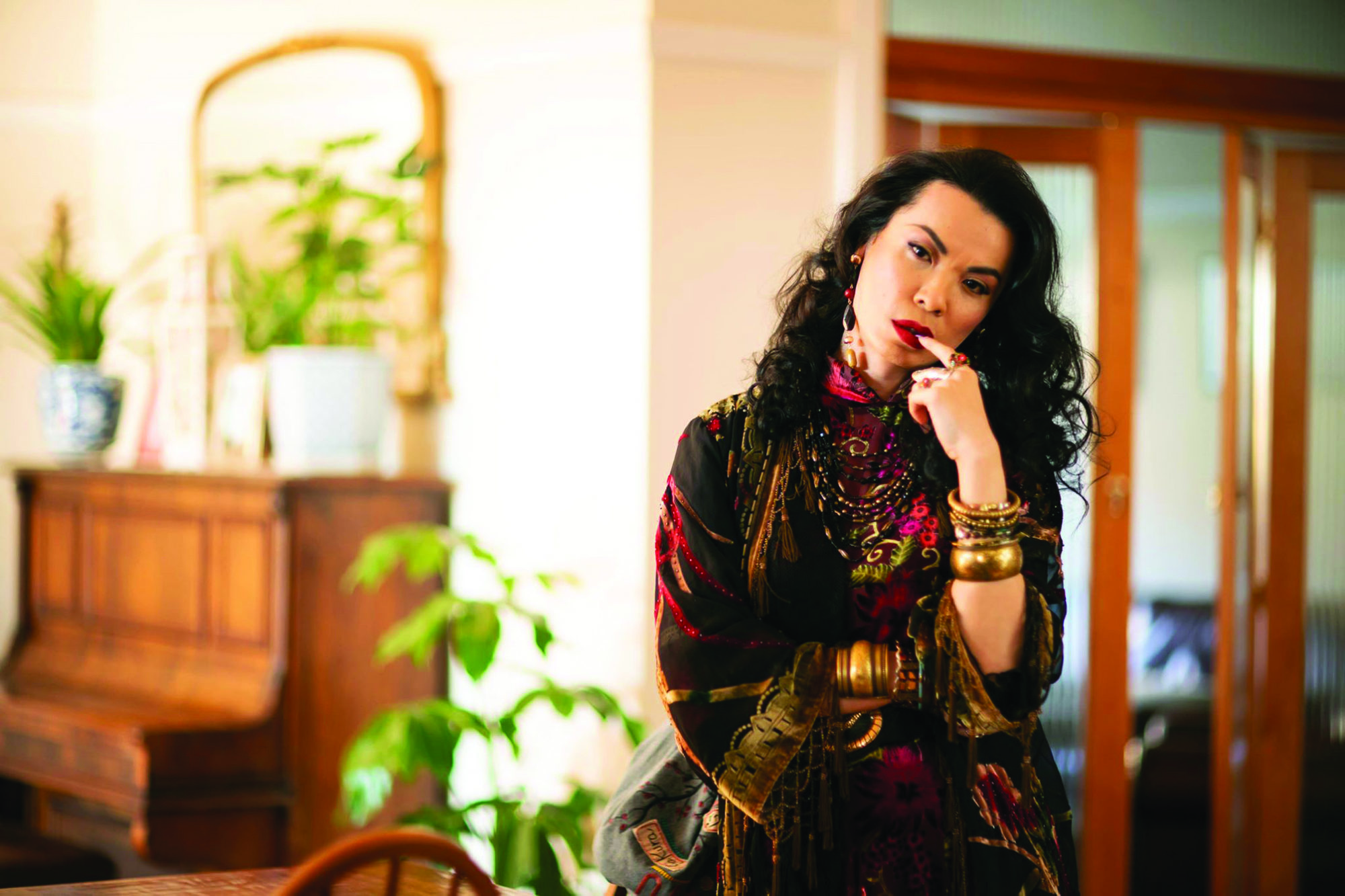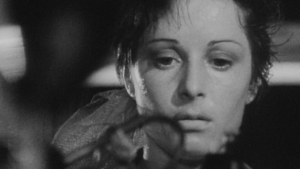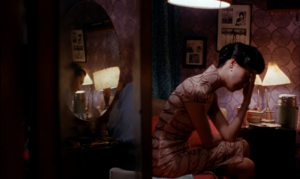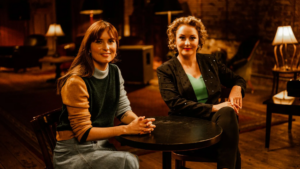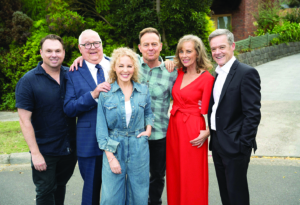In September last year, the US Academy of Motion Picture Arts and Sciences announced that, from the 2024 Oscars onwards, films vying for its Best Picture gong would be required to meet what president David Rubin and chief executive Dawn Hudson described as ‘inclusion standards’ that would herald in ‘long-lasting, essential change in our industry’. The criteria span four umbrella areas – characters and narrative; behind-the-scenes staff; industry connections; and audience development – and include such metrics as having at least one lead or significant supporting character ‘from an underrepresented racial or ethnic group’, at least two key creatives belonging to an underrepresented community (women, people of colour, LGBTQIA+, disability), and at least 30 per cent of the wider cast and crew identifying as minorities. To be eligible, films must fulfil at least two of the four areas.
Despite the ribbing it receives from those of us in social-justice circles, ‘diversity’ does hold the honour of being one of today’s buzzwords. This isn’t without reason, of course. The impacts of representation on self-esteem, social cohesion and the ability to envisage success are widely recognised; this undergirds the attention given to ‘symbolic annihilation’ (as coined by communications theorist George Gerbner) and ‘symbolic violence’ (by sociologist Pierre Bourdieu) in media, politics and the arts since at least the 1970s. But, for the screen industries, extra impetus has been provided by confirmation that diversity also sells. As determined by numerous studies, including the University of California, Los Angeles’ Hollywood Diversity Report and the Creative Artists Agency’s Motion Picture Diversity Casting Index, films that feature diverse characters and storylines perform markedly better at the box office. If the top blockbusters of recent years – Black Panther (Ryan Coogler, 2018), Moonlight (Barry Jenkins, 2016), Crazy Rich Asians (Jon M Chu, 2018), the latest Star Wars films (2015–2019) – are anything to go by, we certainly appear to be making strides in this arena.
Closer to home, our screen sector has witnessed comparable stirrings. Soon after the Oscars announcement, Australian Academy of Cinema and Television Arts CEO Damian Trewhella told Fairfax that a ‘codification of provisions’ around diversity would be ‘something [to] look at for next year’. Prior to this, Screen Australia had enacted a number of equity-targeting initiatives. 2019 saw the launch of The Next 25 Years, its Indigenous Department’s funding and production roadmap; this strategy, according to department head Penny Smallacombe, will allow the agency to ‘continue to deliver on [its] mission of identifying and nurturing talented Indigenous Australians’. Reformulated in 2018 (following its formation in 2016) was the Gender Matters Taskforce, which advocates for women’s representation both on screen and off across local productions. And, in 2016, Screen Australia released Seeing Ourselves, a study assessing TV characters and actors against the broader population in terms of cultural background, disability, gender and sexual orientation.
Reverberations of these nationwide moves were felt in state-specific schemes: the South Australian Film Corporation’s Aboriginal Screen Strategy; Screen NSW’s Screenability (disability); Film Victoria’s Natalie Miller Fellowship (gender). And the vibrations emanated outwards to viewership as well. Several of Australia’s most-watched film and TV titles in recent years have been awash in diversity: Top End Wedding (Wayne Blair, 2019), Lion (Garth Davis, 2016), The Dressmaker (Jocelyn Moorhouse, 2015), Mystery Road’s 2018 TV incarnation,2016 series Here Come the Habibs!.
For Anna Barnes, lead writer and co-producer of Retrograde, these developments form part of a substantial shift towards authenticity. The 2020 ABC series follows a gaggle of thirtysomethings as they grapple with the pandemic; one of them, Sophie (Esther Hannaford), lives with dysautonomia. ‘People with invisible illnesses can face a lot of barriers due to a lack of awareness,’ Barnes tells me. ‘The concept that someone is ill for the rest of their lives can be confusing to a lot of people.’
Barnes herself lives with a chronic illness – postural orthostatic tachycardia syndrome – but, to deepen the resonance of her writing, she anchored it on the struggles of other members of the disability community as well. Some of those insights came from Hannaford, who has Crohn’s disease and ‘brought a wealth of experience and knowledge to the role’. However, Barnes also gained ‘a lot of solidarity and support from online illness communities’:
On the show, we refer to these online spaces as ‘sick internet’. These are the places we go to for questions, specialist recommendations and good chronic-illness memes. It was important to me that the sense of community and the information-sharing that exist within these online spaces was showcased.
Ultimately, constructive visibility is paramount. On top of ensuring that ‘[Sophie’s] illness was just one aspect of her life and not her entire storyline’, which ‘people have really responded to’, Barnes emphasises the power of normalisation through exposure:
The more we see people with chronic illnesses as members of our society, our workplaces, our friendship groups – and not just a tragic plot point – the more it can help to demystify the experience of chronic illness and what a ‘sick’ person looks like.
Similar sentiments have been expressed by Suzy Wrong from the cast of Hungry Ghosts, a supernatural drama about Vietnamese-Australian families terrorised by vengeful spirits. The 2020 SBS series’ chops are already evidenced by its fidelity to cultural nuances – critic Giselle Au-Nhien Nguyen has praised the way it ‘centres the experience of the Vietnamese diaspora and the ongoing trauma of the Vietnam war’. Bolstering this, Wrong plays transgender clairvoyant Roxy, a role that, as the actor explains in a Guardian op-ed, challenges the longstanding tendency to depict trans people ‘as an abomination’. That Roxy is a ‘fully formed adult woman, at peace with the world and loved by her community’, has far-reaching implications:
Representation in pop culture offers a form of role modelling that can make or break a young person coming to terms with their identity […] What we think the world looks like is informed so much by what we see in media and the arts […] I am grateful for the opportunity to present what I believe to be a new benchmark in trans representation.
Retrograde and Hungry Ghosts exemplify the types of screen storytelling that Australian audiences can hope to see more of, following greater involvement on the part of industry bodies. Of course, the journey towards equity is far from finished; last year alone, our sector was rocked by outcries around cultural appropriation, blackface, non-diverse newsrooms and inadequate local-content quotas. For now, change in a lasting sense may seem elusive – but little steps do, in time, amount to forward movement when buzzword is turned into bona fide action.
